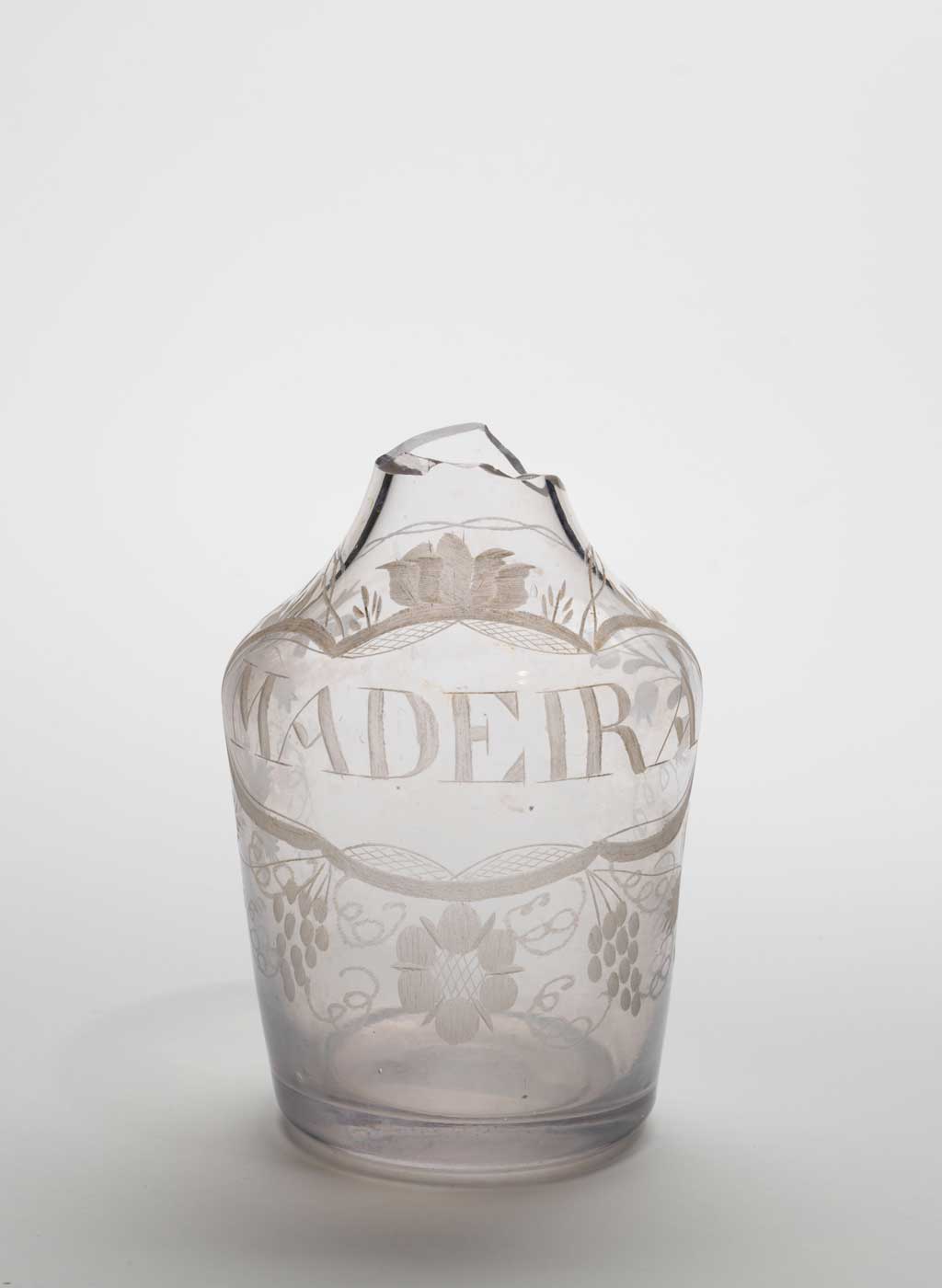Now Open
On view in The Margaret Moore Hall Gallery
This exhibition was generously funded by Jacomien Mars
Like all urban centers, both modern and historic, 18th-century Williamsburg was a city where worlds collided. Materials such as German stoneware, Spanish silver, Chinese porcelain, and cowrie shells from the Indian Ocean show the global nature of Williamsburg’s world of goods and the people who used them. However, Williamsburg and Tidewater Virginia were also places of local production where individuals with African American, Native American, and European roots contributed to large and small-scale economies. Here potters created ceramics from local clays, buttons were manufactured from animal bone, and crops like tobacco were exported across oceans. This exhibition will explore how these things – global and local – came together in the town of Williamsburg. Topics such as Material Goods, People, Ideas, Landscape, and Food will be explored using archaeologically recovered artifacts to show the geographic origins of objects, concepts, or people, their path to Williamsburg, and what they can tell us about daily life in the 18th century.
